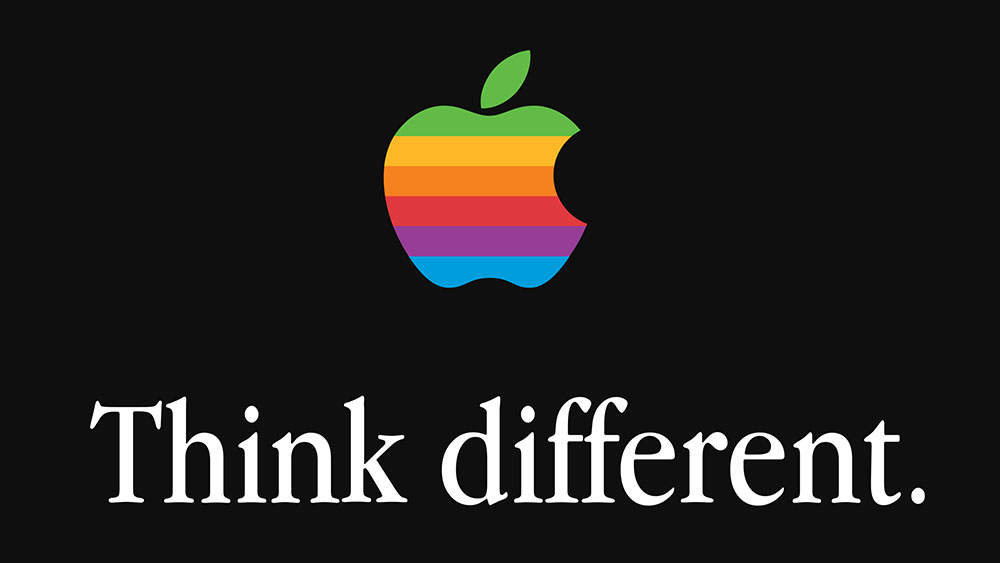Jonny Ive is going to deliver another iPod moment – and OpenAI knows it

For years, the pace of AI innovation has been measured by model size, inference speed, and breakthrough benchmarks. But OpenAI’s $6.5 billion acquisition of Jony Ive’s startup, io, signals something more fundamental is shifting. It’s no longer only about what AI can do. It’s about how it feels to use.
That shift, from performance to presence, is a design challenge, and solving it will be the key to building emotional trust with AI. (To build more trust, see here for 5 key tips for using AI properly.)
From Device to Mindset
With io, OpenAI is expected to build a new kind of AI-driven hardware, one that doesn’t wait for commands but anticipates needs. This won’t be another phone or laptop. It will be a wearable, ambient companion. It will listen and learn, adapt, and participate in your life without interrupting it.
This approach raises the bar for integrating design into the AI user experience in ways few tech companies have. It means designing not only screens but also gestures; not only inputs but also moods. Like game designers, AI designers will craft responsive systems that interpret human cues such as tone of voice, facial expression, and silence. These are emotional design challenges as much as technical ones.
Making a device more intuitive is key to building emotional trust in AI. It’s one thing to trust AI to do what you want it to do. But to really adopt AI or any technology, people need to feel comfortable emotionally with it, which is where design comes into play. Trust doesn’t live in benchmark charts. It lives in small, quiet signals – how something lights up when you speak to it, how long it pauses before replying, how it recovers from mistakes. These cues shape whether an intelligent system feels respectful or invasive, helpful or overbearing. Designers are the ones who craft those signals. They decide what the system pays attention to and how it responds.

Apple encouraged the world to adopt its products because they were designed to be aesthetically pleasing and human-centered. But AI still feels cold and distant. Put another way: a well-tuned AI model might generate the right answer; but if it speaks in a clipped tone or interrupts at the wrong moment, the experience breaks. Design can change that stumbling block and a lot more (for example, the Alexa+ is proving to be a huge opportunity for brands because of its design).
For OpenAI to make this breakthrough, the company needs its own platform. Until now, OpenAI has worked through the platforms of others, including Microsoft’s software, Apple’s hardware, and Google’s browser. These systems have delivered intelligence, but they didn’t define the experience. The result has felt powerful, but distant and disconnected.
Daily design news, reviews, how-tos and more, as picked by the editors.
By bringing in Jony Ive’s team at io, OpenAI empowers design to become the architect of AI-human relationships..
What has been holding us back

This challenge is significant because today, the interface with large language models such as ChatGPT and Perplexity has been basic and impersonal. OpenAI is making ChatGPT more conversational, but prompt engineering is still an insider game.
Yes, millions of people are using ChatGPT, which is a sign of baseline trust that the system delivers value. But most interactions still happen through a blinking cursor, which is a format that feels more like programming than conversation. You type. It replies. It works, but the experience is still mechanical.
For everyday users, that format can be a barrier. Prompting well still feels like a skill, and getting good results often depends on knowing what the system needs. It’s not intuitive. It’s not emotionally engaging. And it doesn’t invite deeper integration into daily life.
That’s the gap a well-designed, dedicated device can fill. One that listens more than waits. One that senses tone, adapts to your context, and responds like a companion instead of a command line. Emotional trust comes from feeling understood. That’s where design enters and where adoption happens.
From Surfaces to Systems
The enormity of the task facing the OpenAI design team becomes more apparent when you consider the end game: an ambient device that will achieve widespread adoption in a market already crowded with devices ranging from mobile phones to fitness watches. We are not talking about VR headsets used by gamers and professionals, but rather an everyday consumer product.
Designers need to start with the device’s physical form. It needs to be unobtrusive, yet always present; something that fits in a pocket or sits on a desk, blending effortlessly into daily routines. The design might need to be minimalist, with soft, organic curves and a tactile finish that invites touch. No screens, but subtle visual cues, like gentle LED glows, signalling its status without demanding attention. The device will likely be lightweight, easy to carry, and robust enough to withstand everyday use, with optional accessories for personalisation (perhaps like cases for iPhones).

And, the user interface will be as important as how it looks. Perhaps it will use a natural voice (if a voice at all) that feels more like a helpful companion than a machine. The device will listen and respond contextually, sometimes offering suggestions before you ask, but always respecting your privacy. It might use nuanced haptic feedback (gentle pulses or vibrations) to acknowledge commands or signal important alerts, making the interaction tactile and intuitive.
For those who prefer not to speak aloud, or for situations where voice isn’t appropriate, the device will support intuitive gestures – a tap to wake, a swipe to adjust volume, or a palm-cover to mute. The goal will be to make every interaction feel effortless and natural, reducing the learning curve for users of all walks of life.
Now consider the myriad other issues, such as trust, privacy, and accessibility. Personalization and inclusivity. Integration with other devices and future proofing. Emotional resonance and brand identity.
Product designers will need to be cultural translators, bridging OpenAI’s technical prowess with human needs. Every decision, from the device’s weight to its error messages, will need to reinforce emotional trust, accessibility, and effortless utility. By prioritising inclusivity, transparency, and delight, the team can create an archetype for how humanity coexists with AI.
Connecting AI and Humanity
Whether the OpenAI device succeeds or fails in a market crowded with devices is an open question. But just the conversation about the device matters because it has reminded us that the future of AI and humanity are connected, and design is what connects them. For AI to truly work, designers need to integrate it into the rhythms of daily life. For AI to achieve next-level adoption in a device, it needs thoughtful design that builds emotional trust. That’s where the real work begins.
See here the AI skills you need to land your next design job.

With brand and creative leadership and expertise across financial services, technology, architecture & design, professional services, retail and luxury, Jim oversees the strategic growth of the company as well as business development and client service. Prior to joining Fifty Thousand Feet, he held leadership positions at global agencies and consultancies, including EY and Accenture. Jim received a B.A. with highest honors from the University of Illinois Urbana-Champaign and completed the AIGA Program for Creative Leaders at Yale and the Executive Program at the University of Chicago Management Institute.
You must confirm your public display name before commenting
Please logout and then login again, you will then be prompted to enter your display name.
